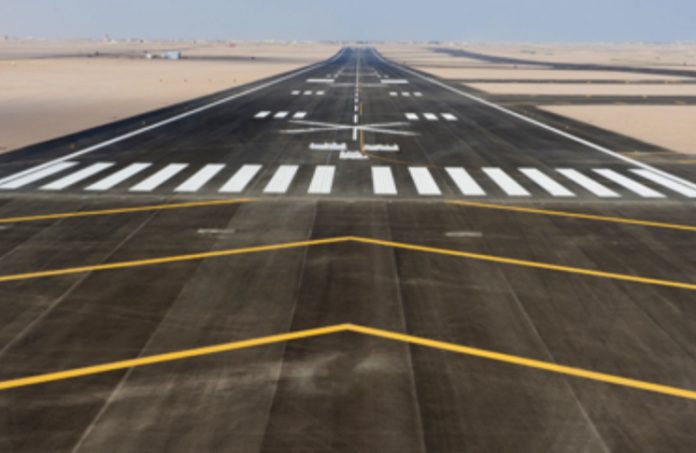The principles of operating within Class D airspace are the same at both Metropolitan Class D (Metro D) and Regional Class D aerodromes. Pilots must establish two-way communications with the tower and receive clearance prior to entering the airspace and all flights are provided with some level of air traffic control service.
Airservices closely monitors the safety occurrence trend at Metro D aerodromes, where there is a higher occurrence rate than that at Regional Class D aerodromes. Around 95% of aircraft movements at these aerodromes are operating under VFR and while other Class D aerodromes have mostly arriving and departing traffic, circuit operations account for around 70% of aircraft movements at Metro D. Archerfield, Bankstown, Camden, Jandakot, Moorabbin and Parafield are all categorised as Metro D aerodromes.
Operations at Metro D airports can pose a range of additional considerations for both air traffic control (ATC) pilots due to their complex aerodrome layouts and diverse traffic mix combined with individual pilot experience. Airservices has also found that a number of aircraft conflictions occur because the pilot is not familiar with Metro D procedures or has not complied with the intent of an ATC instruction despite providing a readback.
The types of occurrences most common in Metro D environments are pilot deviations from ATC requirements, runway incursions and airspace infringements. Recent analysis by Airservices has identified the below contributing factors:
Aerodrome infrastructure
- Complex aerodrome layout, with multiple parallel runways and taxiways (some of which are unused). Around 12% of runway incursion occurrences recorded in the last 12 months involved non-duty or non-active runways.
Safety technology
- Lack of advanced surveillance or runway safety net technologies in use such as the technologies at Class C aerodromes.
Operator factors
- High proportion of flight training activities and large number of English as a second language (ESL) pilots presents challenges in communication (callsign confusion, frequency management), understanding of clearances and situational awareness.
- High variation in flying experience.
- High turnover of flight instructors resulting in the difficulty in sustaining the effects of safety improvement actions.
Airservices, aerodrome operators and pilots engage through local runway safety teams (LRSTs) to discuss local challenges and work towards safety improvement actions. You can help by understanding the requirements of operating in Class D airspace and the local requirements at the Metro D relevant to you.
For more information, you can refer to:
- Airservices Operating in Class D Airspace fact sheet
- Individual Metro D fact sheets
- CASA’s OnTrack



Australia has the worst overly complex airspace on the planet! Our useless authorities love to make it complex to make them feel superior! I’m so gad I flew most of my career when it was more straight forward, once the Alphabet Airspace & Part 61 was introduced as well as other multiple complex reg’s now in place came into effect we went backwards & still are at a great rate of knots! We must look like prize idiots to anyone coming here to fly from overseas! I recall in ’89 when the US pilots where asked to come here thanks to grubby corrupt Bob Hawke they shook their heads & said WTF!!!!
Australia, the best third world country on Earth with stupidity & corruption it’s main driving force especially when to comes to aviation!!